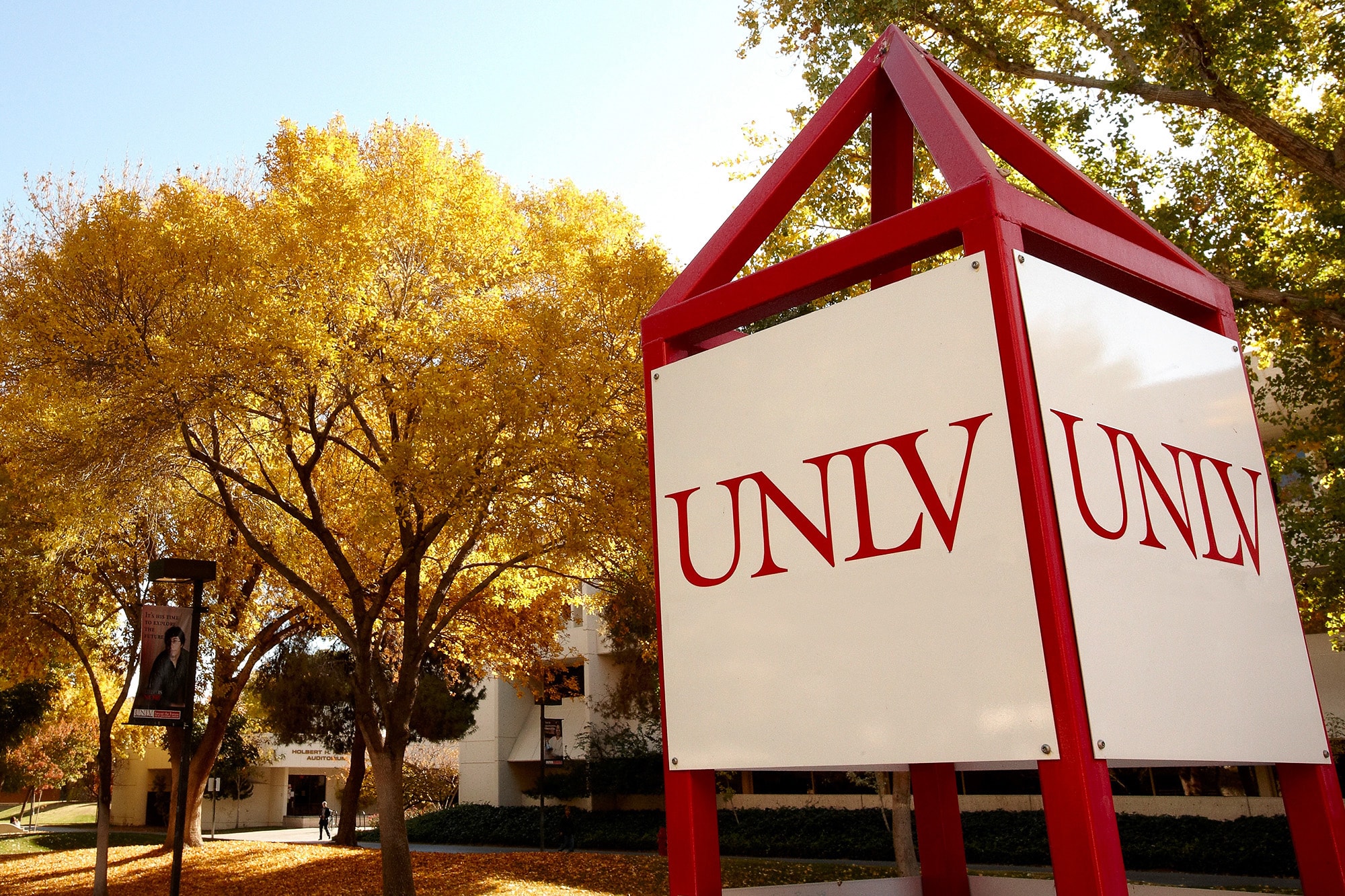"Vanishing Pollinators: Photography by Carll Goodpasture," a Smithsonian Institution traveling exhibition, will be on display Nov. 1 through Dec. 3 at UNLV's Marjorie Barrick Museum of Natural History.
Organized by the Smithsonian National Zoological Park and circulated by the Smithsonian Institution Traveling Exhibition Service (SITES), "Vanishing Pollinators" is a collection of 34 color photographs by Goodpasture. A biologist and photographer, Goodpasture's images portray the beauty and grace of flowering plants and their threatened insect pollinators in an attempt to unite the energy of one of nature's most important biological systems with the power of visual art.
This exhibition is made possible in part by the Thomas K. and Katherine Reed Charitable Fund and the Norwegian Ministry of Foreign Affairs.
"Vanishing Pollinators" is an education art exhibit that alerts us to a worldwide decline in pollinator populations and the consequences of this decline. Scientists estimate that more than 60 percent of the world's species of flowering plants recruit animal pollinators to ensure their survival, reproduction, and evolution. In exchange for the pollinators' role in aiding fertilization, plants provide both food and shelter to their pollinators.
Goodpasture's photographs bring to life this often unseen interrelationship between plants and visiting insects. Studies have indicated that pollinator populations are declining worldwide at a rapid rate because of habitat destruction, industrial pollution, and misuse of pesticides. A celebration of the close relationship between flowering plants and the animals that depend on them, "Vanishing Pollinators" raises public awareness of a major environmental issue and reminds us of the inescapable link to the natural environment we share with other species.
The photographs in this exhibition were taken in a variety of locations in the Northern Hemisphere. The images were computer-edited from digitized 35 mm slides and printed by Nash Editions using IRIS inkjet printing technology.
Carll Goodpasture, who divides his time between Norway and California, has been photographing nature for more than 35 years. While best known in the biomedical sciences for discoveries in human clinical genetics, he is recognized as a skilled photographer with works exhibited internationally at museums such as the Oslo Botanical Garden and the Smithsonian's National Museum of Natural History in Washington, D.C. As an entomologist, cytogeneticist and nature photographer, he combines the skills of the scientist with the concern of an ecologist.
SITES, a Smithsonian National Program, extends the Smithsonian collections, research, and exhibitions across the nation and abroad. Since 1952, SITES has organized and circulated exhibitions on the arts, sciences and humanities. Descriptions and itineraries for SITES exhibitions can be found at https://www.sites.si.edu/s/.
"Vanishing Pollinators" education resource materials, suggested websites, and virtual gallery can all be found on the website of the Marjorie Barrick Museum of Natural History. The UNLV Marjorie Barrick Museum of Natural History is open Monday through Friday, 8 a.m. to 4:45 p.m., and Saturdays from 10 a.m. to 2 p.m. Admission is free. For questions and information contact 895-3381.



